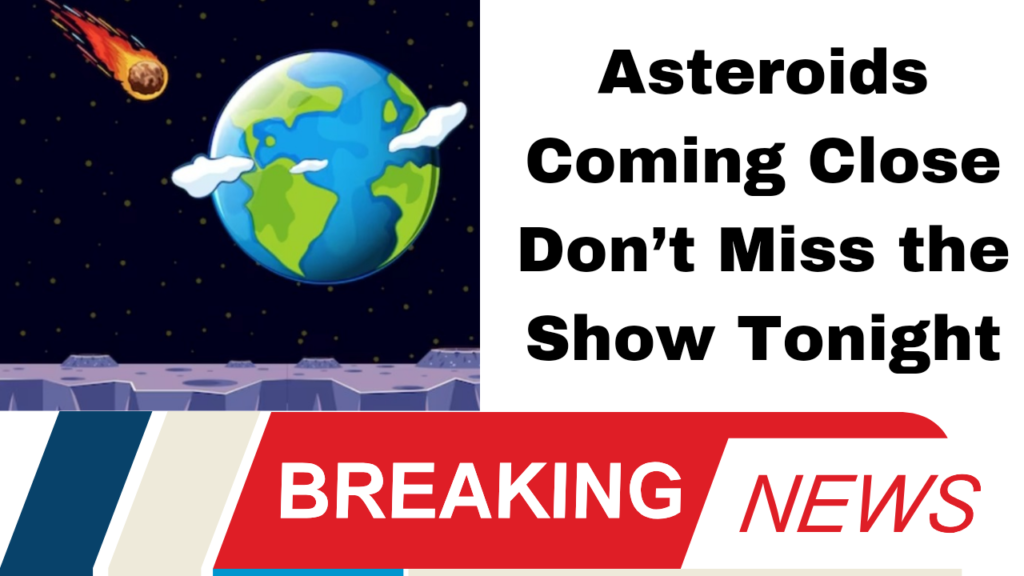NASA, America’s space agency, has recently issued an alert regarding two asteroids that are set to pass close to Earth tonight, September 24. While there is no immediate danger of a collision, scientists have expressed concerns about potential vibrations and atmospheric disturbances as the asteroids make their close approach.
The first asteroid, named 2024 RO11, is quite substantial, measuring about 120 feet in diameter. It is traveling at an impressive speed of approximately 4.58 million miles per hour. This asteroid will come relatively close to Earth, allowing for some fascinating observation opportunities.
The second asteroid, known as 2020 GE, is significantly smaller, at about 26 feet across. This asteroid will pass at a distance of approximately 410,000 miles from Earth, which is slightly more than the distance between our planet and the Moon. NASA’s Jet Propulsion Laboratory is actively monitoring both of these asteroids to ensure they pose no threat to our planet.
Although the chances of either asteroid colliding with Earth are extremely low, scientists have noted the possibility of some vibrations and disturbances in the atmosphere as they pass close by. This phenomenon is not uncommon during close encounters with such celestial bodies.
For those interested in astronomy, this is a unique opportunity to witness these asteroids. Astronomers suggest that with the use of special telescopes, people can observe these asteroids as they pass by. It’s a rare event that highlights the wonders of our solar system, and skywatchers are encouraged to take a look tonight
In addition to tonight’s close encounter, another asteroid named 2024 RK7, which measures about 100 feet in diameter, is also set to pass near Earth on September 25. This means that skywatchers will have additional chances to observe these fascinating objects in the coming days.
Understanding Asteroids
To better appreciate these asteroids, it’s helpful to understand what they are. Asteroids are rocky bodies made up of a mixture of metals and minerals. They are remnants from the early solar system, formed around 4.6 billion years ago. During the formation of the solar system, particles of soil and gas collided with each other, creating small pieces that we now call asteroids.
Most asteroids are found in the asteroid belt located between the orbits of Mars and Jupiter. The gravity of Jupiter is strong enough to prevent these asteroids from forming into full-fledged planets.while the asteroids passing near Earth pose no direct threat, their frequent appearances serve as a reminder of the dynamic nature of our solar system. Both scientists and the public are encouraged to engage with this cosmic event, whether through observation or by learning more about the fascinating world of asteroids.
